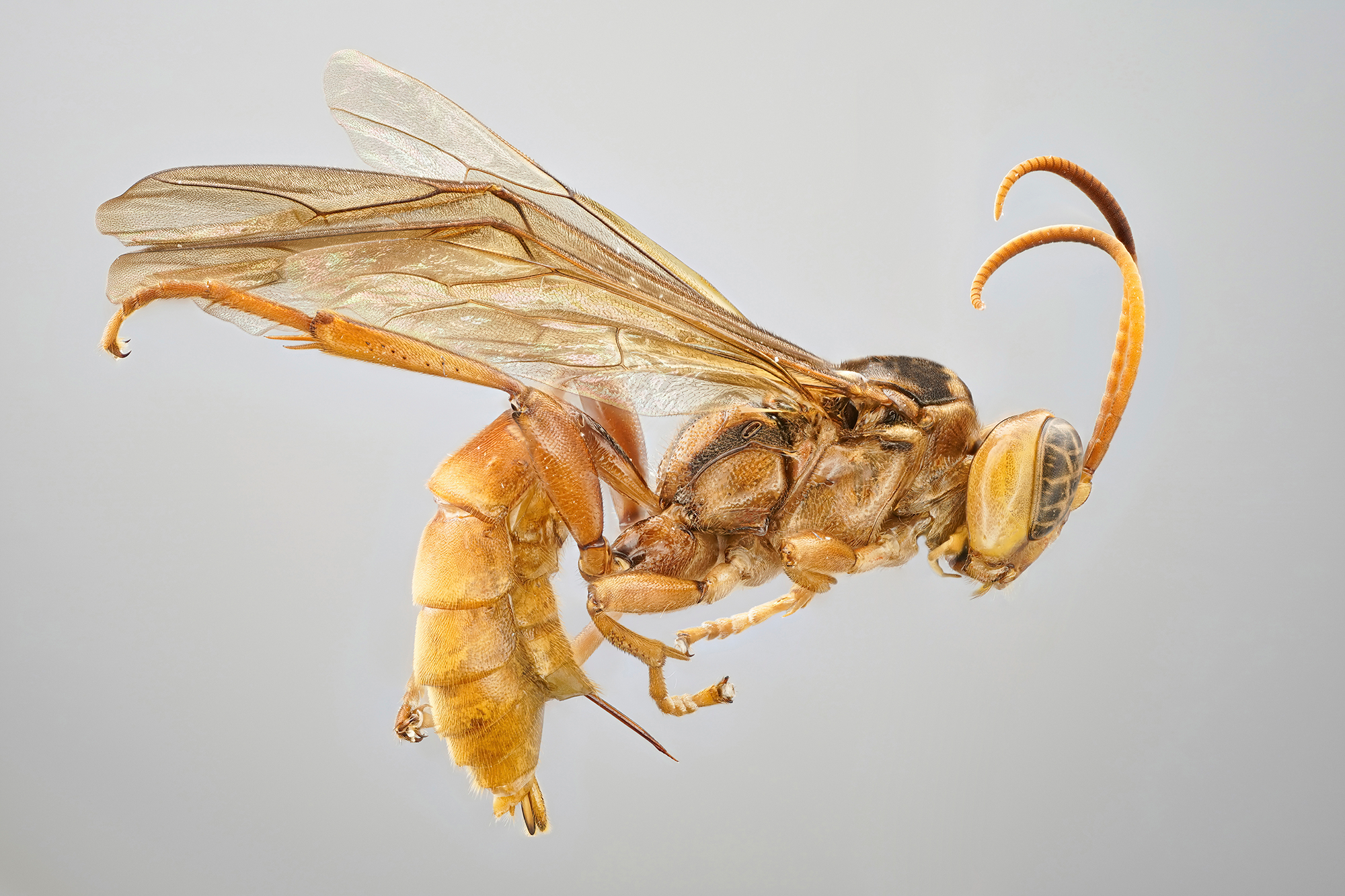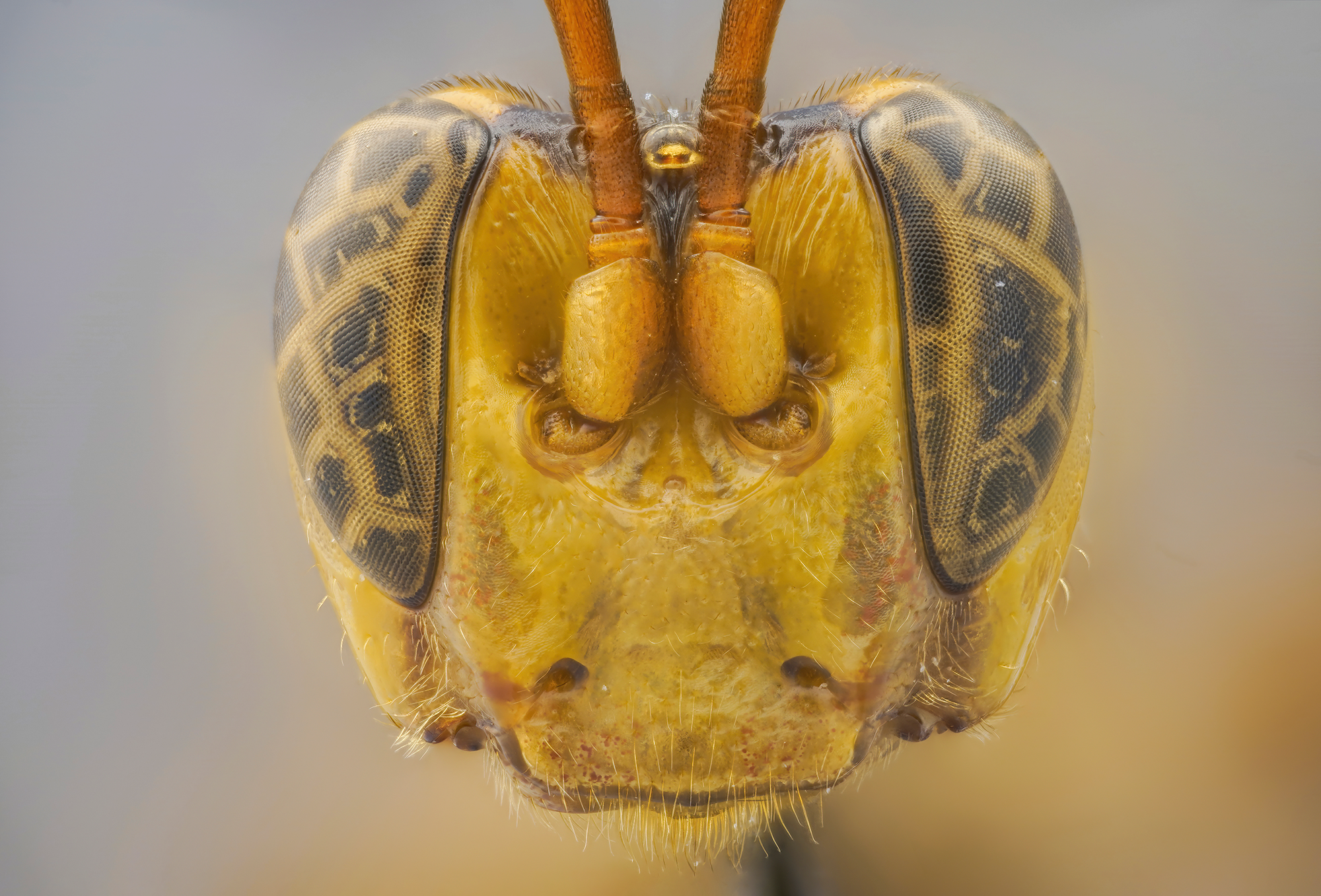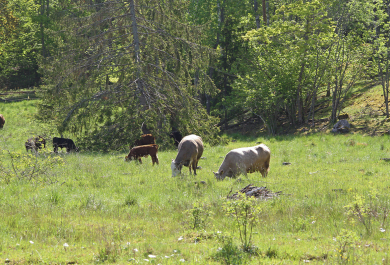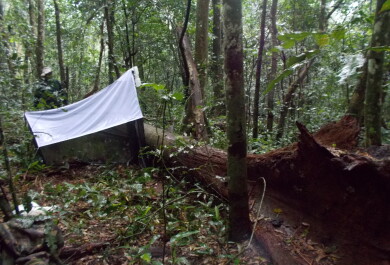The Allpahuayo-Mishana National Reserve in Peru has often been described as the most biodiverse rainforest in the world. For example, in recent decades, scientist have discovered several new bird species from the region. The researchers of the University of Turku in Finland have studied the insect biodiversity in Allpahuayo-Mishana for over twenty years. In their latest study, the scientist described a new wasp genus, Capitojoppa, to science.
In their newly published study, the researchers describe a new wasp genus Capitojoppa to science, categorising it to the subfamily Ichneumoninae.
“Wasps belonging to this subfamily are usually large and colourful, especially in the tropics, and as larvae feed internally on moth and butterfly caterpillars and pupae. We have studied the biodiversity of ichneumonines in the Allpahuyao-Mishana National Reserve with the samples collected by the researchers of the University of Turku in Finland. In our studies, we have discovered several species unknown to science which we will describe in the future. The current study kicks off this research,” says Doctoral Candidate Brandon Claridge from the Utah State University in the United States.

Capitojoppa amazonica is a large parasitoid wasp species that has only been discovered in the Allpahuyao-Mishana National Reserve in the Peruvian Amazon. Photographer: Kari Kaunisto, Biodiversity Unit of the University of Turku.

Photo: Kari Kaunisto, Biodiversity Unit of the University of Turku.
The Allpahuyao-Mishana National Reserve first gained prominence in the scientific community in the late 1980s when an American botanist Alwyn Gentry documented the highest number of tree species at a single locality known to date.
“Gentry wanted to discover how many tree species can grow in one hectare (2.5 acres) of the Amazon rainforest. In his study, he discovered nearly 300 tree species in that one-hectare research patch. We have studied the insect biodiversity in the same research areas since 1998 and report some of the highest numbers of insect species in the world from this region. We also found Capitojoppa near the same research hectare used by Gentry,” says Professor of Biodiversity Research Ilari E. Sääksjärvi from the University of Turku, who collected the specimens during his field studies.
Species unknown to science are described in research journals. Their names often describe the species’ characteristics or range.
“The name Capitojoppa tells scientists a great deal about the characteristics of the newly discovered wasp genus. The wasps of the genus have a large head, which is reflected in the capito part of the name. It also refers to the barbet bird genus Capito found in South America, which have a large and strong beak. The joppa part of the name refers to the wasp genus Joppa that the Capitojoppa resembles. The specific species name amazonica refers to the Amazon,” Claridge explains.
Finnish researchers helped in the conservation efforts of the Allpahuayo-Mishana Reserve in the 1990s.
“Allpahuayo-Mishana is a part of the Amazon that has an unprecedented abundance of species. Due to the region's complex geological history, there are several different types of rainforest growing in the Reserve. The species biodiversity of many organisms is highest on the whole planet at Allpahuayo-Mishana. We actively continue our studies in the region. Unfortunately, the area is currently changing rapidly due to human activities. With our insect studies, we are trying to find out how the impact of human activities, such as climate change, alter the nature in the rainforest,” says Professor Sääksjärvi.
The group's research article was published in the journal ZooKeys.





